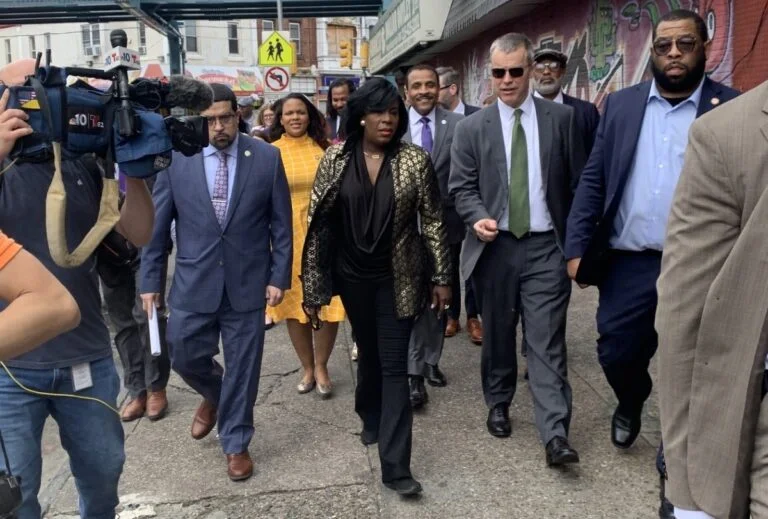Philadelphia’s Mayor Cherelle L. Parker has set her sights on tackling crime and cleaning up the city’s dirtiest neighborhoods. This “crime and grime” agenda has garnered a lot of attention, and it’s an important step in revitalizing Philadelphia’s image and safety. However, as someone who’s worked with three different mayoral administrations, I know that addressing these issues alone won’t be enough. The city also needs to rethink how it delivers services to its most vulnerable citizens, because the current system is broken in many ways.
Parker’s plan is ambitious—reducing violent crime, especially among young people, and dealing with Kensington’s entrenched drug problem are huge challenges. But even if these efforts succeed, Philadelphia’s struggling families will still be stuck in a bureaucratic maze when they seek help from the city. Despite good intentions, these bureaucracies are often inefficient and out of touch, relying on outdated technology that makes getting assistance slow and complicated.
I’ve seen how previous mayors have tried to make a difference. Mayor Goode focused on cleaning up neighborhoods and helping the homeless. Rendell revitalized Center City and got rid of a massive deficit. John Street’s initiatives centered on neighborhood transformation and supporting Philadelphia’s children. Parker’s plan might be the most ambitious yet, but there’s a crucial piece missing—the “care” agenda.
Philadelphia’s major “care” systems—behavioral health, child welfare, homeless services, and public health—are largely funded by state and federal money, not city tax dollars. Because of this, city officials often think they don’t have much control over these budgets. But that’s a big mistake. In fact, these systems represent a significant opportunity for the city to address its most pressing social issues, with more than $3 billion at its disposal each year.
There are many federal and state rules to follow when spending this money, but that doesn’t mean the city can’t be creative in how it uses these funds. Smaller initiatives that take a more innovative approach have shown that there’s a better way to use this money to help people in need.
Mayor Parker is just beginning her tenure, and she has plenty of time to overhaul these complex systems. She could make them more efficient and easier for regular people to navigate, rather than forcing them to deal with multiple bureaucracies that rarely talk to each other. It’s not uncommon for someone to be passed around from one agency to another, wasting valuable time and resources. This inefficiency isn’t just frustrating—it’s harmful to the people who need help the most.
A homeless 20-year-old in Philadelphia shouldn’t have to interact with multiple agencies just to find a place to sleep. A family dealing with the Department of Human Services shouldn’t have to wait for weeks to get a simple referral for therapy. It’s unacceptable that millions of dollars are being spent on administrative costs instead of direct care.
With current technology and the rise of artificial intelligence, it’s possible to create an integrated system where a single point of contact could connect people with the services they need right away. This kind of transformation wouldn’t be easy or cheap, but it’s crucial if Philadelphia wants to make the most of its resources and really help those in need.
“Crime and grime” is a catchy phrase, but if the city really wants to make a lasting impact, it needs to add “care” to the mix. By focusing on more efficient, coordinated systems, Philadelphia can tackle its most difficult social challenges and offer real solutions to its most vulnerable citizens.















































